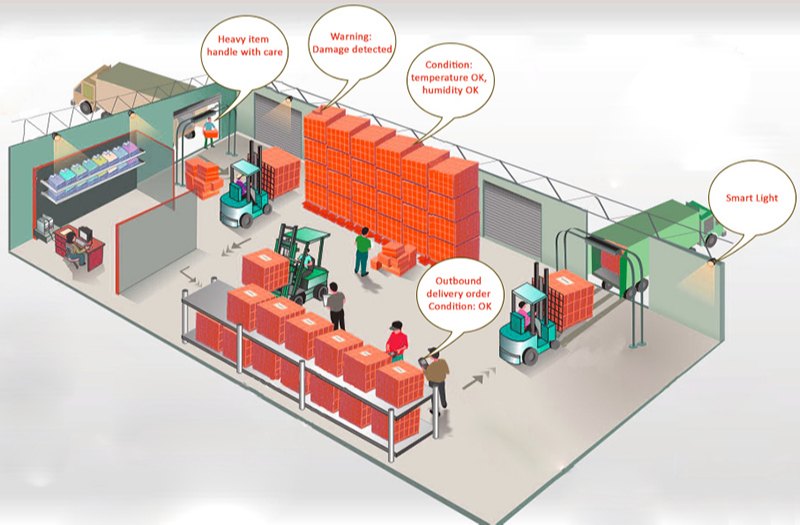Understanding the Latest Trends in WMS
- Why WMSOne Stands Out In Warehouse Management - December 30, 2024
- The Future of Warehouse Inventory Management in 2025 - December 9, 2024
- Cold Storage Warehouse: Keeping Food Fresh And Safe - October 3, 2024
Introduction:
Understanding the Latest Trends in WMS is crucial for businesses aiming to enhance their supply chain operations. In the dynamic landscape of logistics, staying ahead requires a keen understanding of emerging technologies and trends. Warehouse Management Systems (WMS) are at the forefront of this evolution, continually adapting to meet the demands of modern supply chains. We’ll delve into the latest trends shaping the realm of WMS, offering insights into how businesses can leverage these advancements to optimize their warehouse operations and stay competitive in an ever-changing market.
1. Rise of Cloud-Based Solutions:
The advent of cloud computing has revolutionized the way businesses approach WMS. Cloud-based solutions offer scalability, flexibility, and accessibility like never before. Explore how cloud-based WMS are empowering businesses to streamline operations, enhance collaboration, and adapt to fluctuating demands with ease.
2. Integration with IoT and RFID Technology:
The Internet of Things (IoT) and Radio-Frequency Identification (RFID) technology are increasingly being integrated into WMS, enabling real-time tracking and visibility throughout the supply chain. Learn how IoT and RFID sensors are revolutionizing inventory management, minimizing errors, and providing invaluable insights into warehouse operations.
3. Embracing Artificial Intelligence and Machine Learning:
Artificial Intelligence (AI) and Machine Learning (ML) algorithms are revolutionizing WMS by enabling predictive analytics, demand forecasting, and intelligent decision-making. Discover how AI-powered WMS are optimizing inventory allocation, predicting maintenance needs, and enhancing overall operational efficiency.
4. Mobility and Mobile Devices:
Mobile technology is reshaping the way warehouse personnel interact with WMS, enabling greater mobility and flexibility on the warehouse floor. Explore how mobile devices, such as smartphones and tablets, are empowering workers with real-time access to critical data, task assignments, and inventory information, leading to improved productivity and accuracy.
5. Focus on Sustainability and Green Initiatives:
With sustainability becoming increasingly important in today’s business landscape, WMS are incorporating features to support eco-friendly practices. Learn about the latest trends in sustainable warehouse management, including energy-efficient technologies, waste reduction strategies, and eco-friendly packaging solutions.
Conclusion:
As technology continues to evolve, so too do the capabilities of Warehouse Management Systems. By staying abreast of the latest trends and innovations, businesses can harness the power of WMS to optimize their warehouse operations, drive efficiency, and stay ahead of the competition in an ever-changing market landscape.








